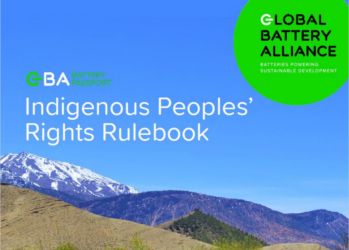To answer this question one must evaluate the problem as well as the actors involved. The study “Multi-stakeholder partnerships in the context of the Agenda 2030” study provides a checklist of five key questions to assess the usefulness of a multi-stakeholder partnership. If the answers to the following questions are positive, a multi-stakeholder partnership may be the right approach:
1) Is it a problem that one stakeholder or stakeholder group alone cannot solve?
For example, the goal is to make a global supply chain more sustainable. To achieve this actors from trade, industry, the public sector and civil society must work together.
2) Does each of the relevant stakeholder groups, or potential partners, have specific resources and / or competences they could bring to the partnership?
Each partner contributes to the solution in different ways. For example, one partner can finance the work, while another uses their networks to gain access to a location while and a third provides expertise. A multi-stakeholder partnership only works if each of the involved actors makes a valuable contribution to the achievement of the goals.
3) Will the results be more sustainable if they are based on a broader social consensus?
A broad consensus increases the credibility of decisions. This, for example, can result in a newly developed standard being more likely to be accepted and implemented.
4) Can all potential partners benefit from the cooperation?
Irrespective of the common objective, partners must also see their own interests represented through the cooperation. For one partner this may mean gaining new data for studies while for another it’s about gaining access to a new market. This increases the motivation to participate in a multi-stakeholder partnership.
5) Are the stakeholders in the field ready to work together towards a common goal?
Differences of opinion as well as conflict in a multi-stakeholder partnership can be very helpful its long-term success. However, these partners must fundamentally be willing to enter into a partnership process in order to work together towards a common goal.
One further aspect to consider: Are there existing initiatives that already work on the same subject? Joining such an initiative, or at least working together when developing a new multi-stakeholder partnership, can create synergies and counteract redundancy.
Would you like to know more about this and other relevant topics for multi-stakeholder partnerships? Then download the Partnerships2030 study “Multi-stakeholder partnerships in the context of the Agenda 2030”. It takes a hands-on look at multi-stakeholder partnerships as a means to achieving the 2030 Agenda. The study focuses in particular on the experiences of German stakeholders in existing multi-stakeholder partnerships.



